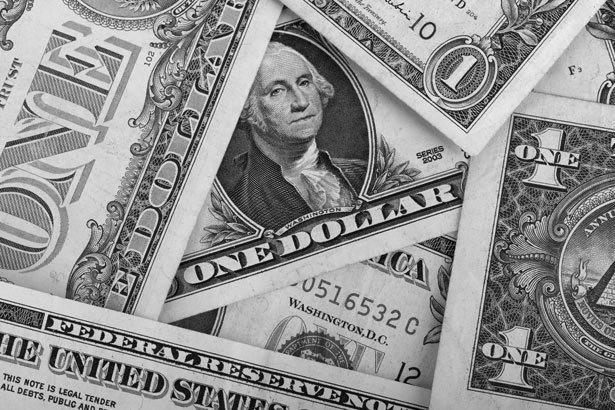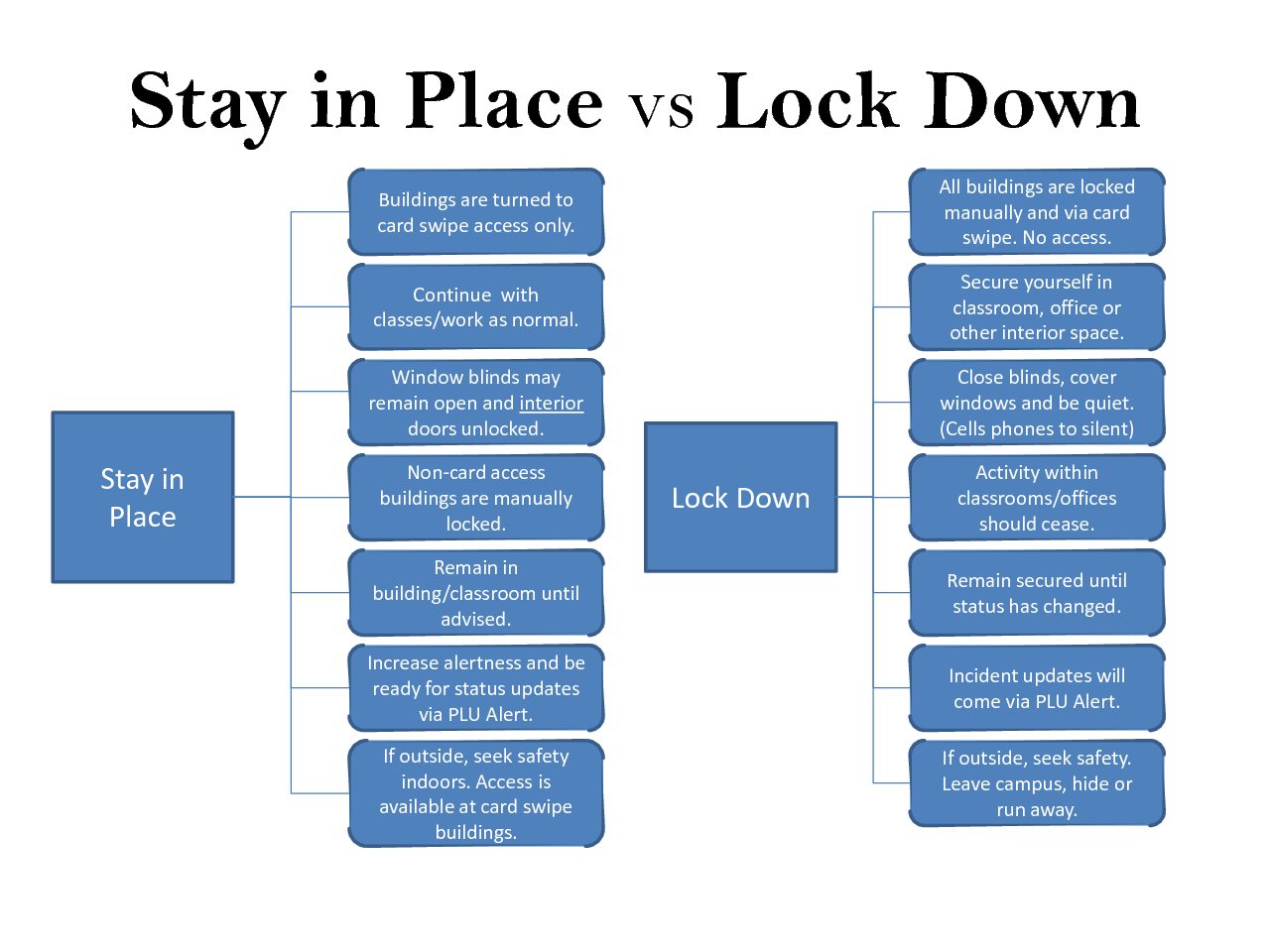SAMANTHA LUND
Editor-in-Chief
lundsr@plu.edu
After last month’s article “PLU’s Budget: A confusing mess” hit the stands, I received an overwhelming about of comments, help and information from staff and students. So, this series continues as I dive into the first few pieces of information in the attempt to make these things finally clear. This week, I looked into the Pacific Lutheran University sale of KPLU and other assets to be sold soon.
To start, the staff members I talked to for some information will remain anonymous – that way they were allowed to talk about issues freely, without having to worry about their job security. The Mast usually does not host anonymous sources, but in this case we found it appropriate to respect their request for anonymity.
To understand the budget at a basic, non-financial planner level you need to know that PLU’s budget is made up of three major parts: there’s the cash and money that PLU currently has, there’s the university’s assets (property, owned licences, etc.) and there are debts (money that is owed to other entities).
According to PLU’s 2015 Statement of Financial Position- you can find it online for some light Friday night reading- our campus currently has about $5.3 million in cash. Meaning that’s what our theoretical bank account has in it. However, our campus has $63 million of long-term debt owed to governmental entities. Even though PLU has plenty of land and other assets that equal up to $248 million, debt can only be paid off with money that an entity actually has, or with an asset. Keeping that in mind, I started looking into the assets that PLU is purging itself of.
A little context…
Standard & Poors is a credit-rating agency, and as such it issues ratings for the debt of public and private companies. The scale spans from “AAA” to “D,” with intermediate ratings offered at each level.
PLU had it’s rating reduced in September from “BBB” to “BBB-.” “BBB” means PLU has adequate capacity to meet its financial commitments. However, “adverse economic conditions or changing circumstances are more likely to lead to a weakened capacity of the obligor to meet its financial commitments.” So, while we may be in a position where we can meet our financial commitments, S&P cited a “weakened overall financial profile,” and “several years of enrollment and demand pressure, shown by decreasing headcount and freshmen applications.”
Two hundred students down, from 2011 to 2014, to be exact. PLU Board of Regents member calls it a crisis because those 200 students means $5 million in revenue. To combat this issue, PLU launched the Strategic Enrollment Management Advisory Committee in 2012, to “to help the institution achieve and maintain the optimum recruitment, retention, and graduation rates of students.” Within a year, the university also pledged to raise salaries, maintain facilities, and expand the cash it had “on hand.”
All of this also lands KPLU in an interesting situation; being a public station with private owners. KPLU does not have a governing body independent of it’s private owners at PLU.
How does KPLU fit into all of this? Many students and staff believed that PLU was selling KPLU to get out of debt and voiced those concerns in meetings with PLU President Thomas Krise or through protest. Last semester, The News Tribune and The Puget Sound Business Journal both reported on the sale, citing PLU’s need for money as a clear cause.
However, the sale of KPLU will only offer a gain PLU $7 million in cash, bringing up PLU’s total cash assets to $12.3 million.
That amount is almost enough to pay (let’s just estimate here) a $15 million bond payment. But just almost. PLU has actually been deferring its bond payments and, according to an article in the Puget Sound Business Journal, the university might default on its millions of dollars of debt. In the big scheme of things, that $7 million isn’t nearly big enough to be a reason for selling KPLU since the non-profit radio station actually made net profit of about $700,000 this year and that number has been steadily increasing over the last few years, according to its annual financial statements.
According to KPLU’s annual 2015 Statement of Financial Position, PLU actually owes KPLU $2 million in cash. Selling the entity off and disbanding KPLU also meant that PLU won’t have to fork over that money, from what I understand. So, not only is it a nice $7 million in the university’s pocket, but it could also tick off $2 million owed.
PLU’s financial statements and Krise’s claim that PLU is in “fine financial state” looked even more unstable earlier this month when students were told that there were plans to sell and move Garfield Bookstore. According to an email sent to students earlier this semester, the Office of Student Life is currently looking for different places to host a “PLU Bookstore,” including the library and the University Commons. The numbers haven’t come out yet on how much money that will bring PLU, but currently, according to a PLU staff member, the bookstore loses about $1million each year.
What this says to me and the staff members I’ve talked to is that PLU is consolidating, streamlining and trimming the fat around campus. What this says to me is that our budget might not be in “fine shape.” What this says to me is that I need to keep doing some investigating.
Stay tuned next week, I’ll be looking into what we’re spending all of your tuition money on. Did you know PLU currently has $5 million tied up in construction in progress?



















